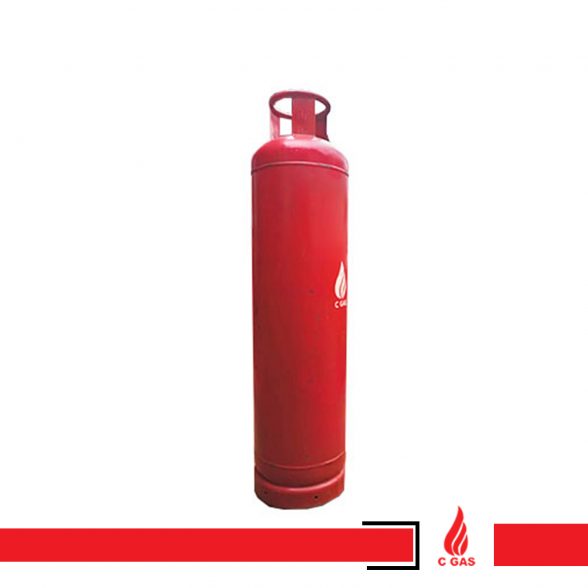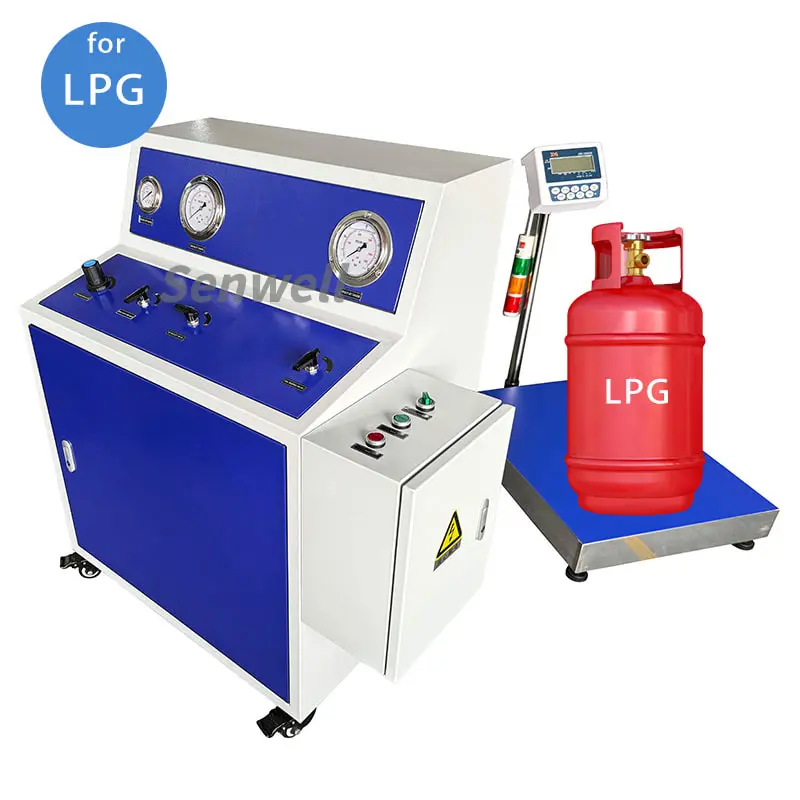Whatever You Need to Learn About LPG Gas Refill for Efficient Energy Usage
LPG gas refill is an essential element of power management for both businesses and homes. Understanding its fundamentals can bring about a lot more reliable use and price financial savings. Recognizing the appropriate time to fill up is essential, as is ensuring security during the process. Furthermore, carrying out finest methods can enhance efficiency. Nevertheless, the nuances of the filling up procedure may stun numerous. Exploring these details can make a considerable difference in energy usage habits.
Comprehending LPG and Its Makes use of
LPG, or liquefied oil gas, works as a functional power resource extensively used in different applications - LPG Gas Refill. This hydrocarbon gas, largely made up of lp and butane, is commonly employed for heating, cooking, and powering lorries. Its efficiency and transportability make it a recommended choice for domestic, commercial, and commercial uses
In houses, LPG is usually made use of in gas ovens and water heaters, giving a hassle-free option to power. In the industrial market, dining establishments often rely upon LPG for cooking and heating, making sure a regular and trusted power source. In addition, LPG works as an environmentally friendly option for lorries, lowering greenhouse gas discharges compared to standard gas.
Additionally, LPG is essential in industrial settings for processes such as metal cutting and as a feedstock in chemical manufacturing. Its flexibility and efficiency emphasize its relevance as an energy source in modern-day culture, adding to numerous industries' operational performance.
Identifying When to Re-fill Your LPG
Just how can one identify the best moment to re-fill their LPG supply? Identifying when to replenish is vital for keeping continuous energy usage. One usual method is to monitor the usage patterns; if cooking or home heating times enhance noticeably, it might suggest that the LPG storage tank is nearing depletion. Furthermore, lots of LPG tanks are geared up with a scale that shows the continuing to be gas level. A reading below 25% typically signifies the requirement for a refill.
An additional sensible strategy entails tracking the moment since the last refill. Discovering a drop in efficiency or longer food preparation times can serve as a sign if a house usually uses a particular quantity of gas monthly. Finally, auditory indicators, such as a pale hissing noise or reduced fire height, can show reduced gas levels. Regular checks and awareness of use behaviors can promote prompt refills, preventing bothersome outages.
Safety Preventative Measures for LPG Handling
Making sure safety while taking care of LPG is paramount, especially after identifying when to replenish the gas supply. Appropriate safety measures can substantially decrease threats connected with gas leak and potential dangers. First, people need to always perform refills in well-ventilated areas, far from open fires or triggers. Using safety equipment, such as handwear covers and goggles, is suggested to avoid injury.
Normal assessments of hose pipes and connections for wear or damage are crucial, as leaks can happen from defective tools. It is very important to save LPG cylinders upright in a great, completely dry place, far from straight sunshine. Additionally, keeping a fire extinguisher neighboring and knowing just how article to utilize it can supply an additional layer of safety.
Lastly, making certain that all customers are learnt emergency procedures, including discharge strategies in case of a gas leakage, is vital for preserving a risk-free setting when managing find out this here LPG.
Tips for Optimizing LPG Performance
Effective application of LPG can cause significant price financial savings and lowered environmental effect. To make the most of efficiency, individuals need to guarantee that devices are well-kept and frequently serviced. This includes checking for leaks, cleaning burners, and changing damaged components, which can boost burning efficiency.
Using the proper size of LPG cylinder for particular requirements can likewise enhance efficiency, as smaller cylinders might run out prematurely, bring about waste. Furthermore, users must use energy-efficient home appliances created for LPG, which are enhanced for reduced gas consumption.

The Re-filling Process: What to Expect
Comprehending the refilling process for LPG cylinders is necessary for keeping efficiency and security in energy usage. The procedure typically starts with the consumer checking out a marked refilling terminal, where a qualified professional assesses the cylinder's condition. If the cyndrical tube is deemed secure, the professional will firmly connect it to the re-filling device.
During refilling, the service technician keeps an eye on the weight to assure the cyndrical tube is loaded to the right capability, sticking to safety and security policies. It is crucial that the valve is tightly secured prior to and after the refill to stop leakages.
As soon as filled up, the professional executes a leakage test to validate the integrity of the cylinder and its fittings - LPG Gas Refill. After successful testing, the cylinder is securely disconnected, and the customer is given with instructions for proper handling and storage. Overall, the entire filling up procedure must take just a couple of minutes, ensuring minimal disturbance for the customer
Often Asked Questions
The length of time Does a Typical LPG Cyndrical Tube Last?
A typical LPG cylinder can last anywhere from a couple of weeks to a number of months, relying on usage patterns, the size of the cyndrical tube, and the effectiveness of home appliances linked to it. Private experiences may differ considerably.
Can LPG Be Used for Autos?
Yes, LPG can be used as a fuel for automobiles. Many vehicle manufacturers offer designs designed for LPG use, taking advantage of reduced discharges and cost-effectiveness compared to conventional gas or diesel options in different applications.
What Are the Ecological Impacts of LPG?
LPG, while cleaner than other fossil gas, still adds to greenhouse gas discharges. Its combustion creates co2 and can launch methane throughout extraction, positioning threats to air high quality and environment change despite lower particle contamination.
How Is LPG Transferred and Saved?
LPG is transported in pressurized storage tanks via ships and trucks, making sure safety during transit. It is kept in dedicated, well-ventilated locations, commonly in big cylinders or tanks, to stop leakages and assist in simple accessibility.
Are There Alternatives to LPG for Power Use?
Yes, alternatives to LPG for energy usage consist of all-natural gas, electricity, solar energy, and biomass. Each alternative uses unique advantages and disadvantages, which can affect their suitability depending upon certain energy needs and ecological considerations.
